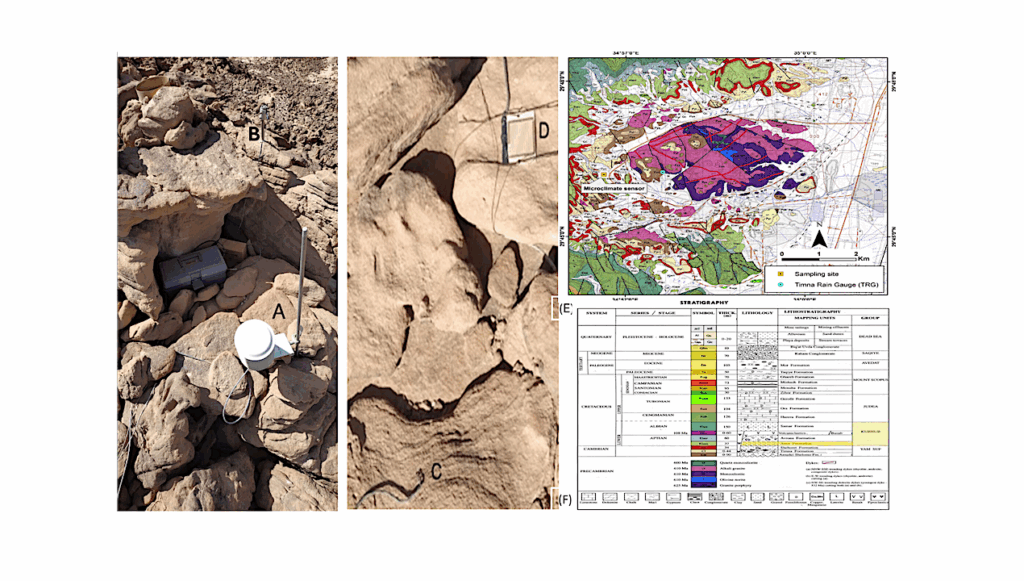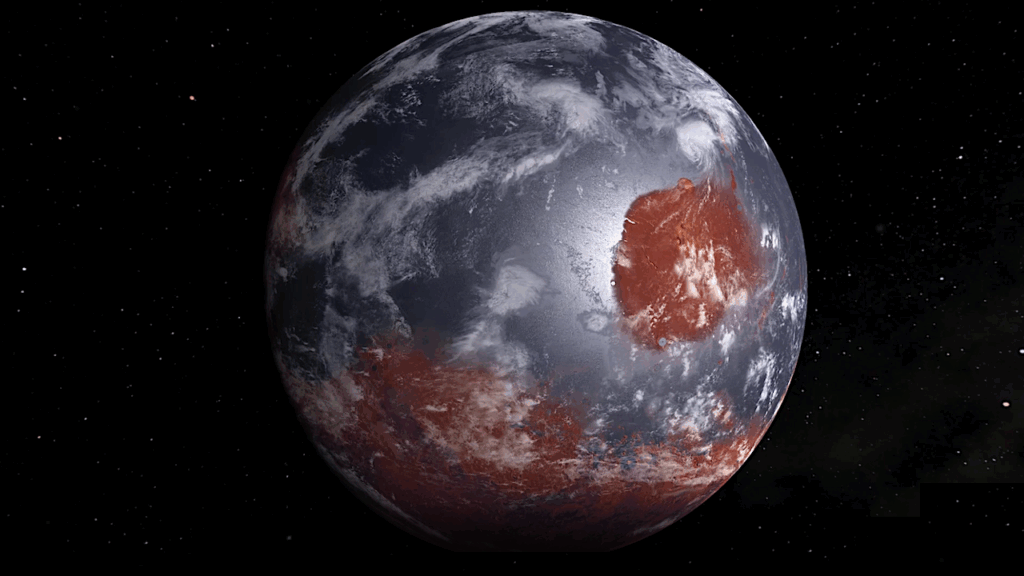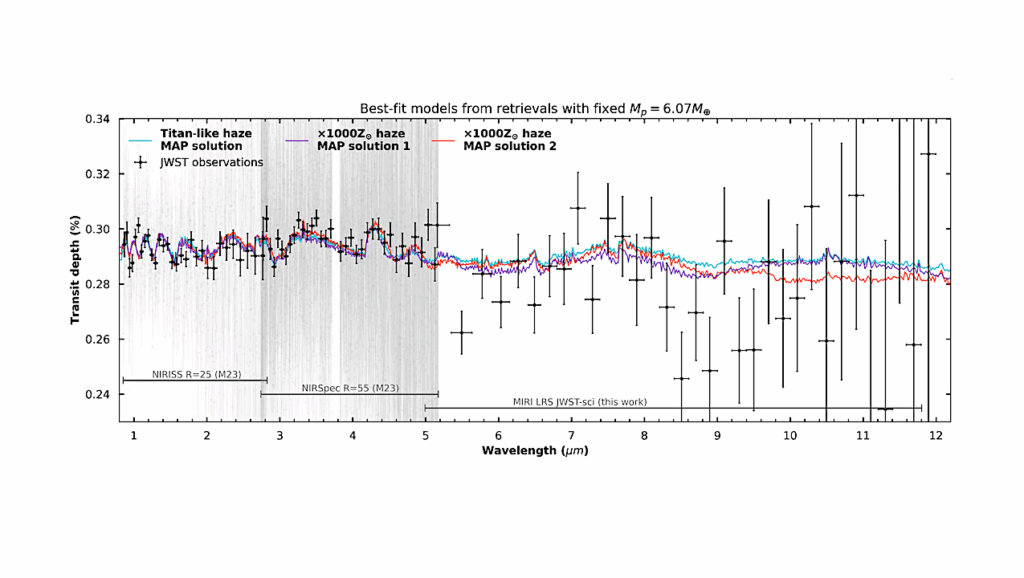Habitable Age Instead of Location for Terrestrial Worlds

The presence of a liquid solvent is widely regarded as an essential prerequisite for habitability. We investigate the conditions under which worlds outside the habitable zones of stars are capable of supporting liquid solvents on their surface over geologically significant timescales via combined radiogenic and primordial heat.
Our analysis suggests that super-Earths with radionuclide abundances that are ≳103 times higher than Earth can host long-lived water oceans. In contrast, the requirements for long-lived ethane oceans, which have been explored in the context of alternative biochemistries, are less restrictive: relative radionuclide abundances of ≳102 could be sufficient. At such radionuclide levels, we find that these worlds may be detectable (10σ detection over ∼10 days integration time at 12.8 μm) by the James Webb Space Telescope at distances of ∼10 pc if their ages are ≲1 Gyr.
Manasvi Lingam, Abraham Loeb
(Submitted on 5 Dec 2019)
Comments: 7 pages; 4 figures
Subjects: Earth and Planetary Astrophysics (astro-ph.EP); Solar and Stellar Astrophysics (astro-ph.SR)
Cite as: arXiv:1912.02862 [astro-ph.EP] (or arXiv:1912.02862v1 [astro-ph.EP] for this version)
Bibliographic data
From: Manasvi Lingam
[v1] Thu, 5 Dec 2019 20:22:31 UTC (283 KB)
https://arxiv.org/abs/1912.02862
Astrobiology








